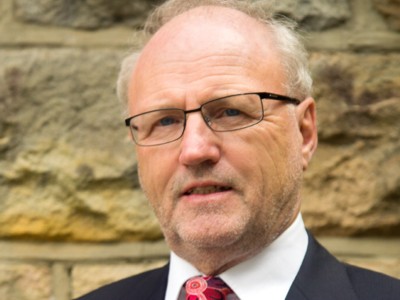New Zealand steals a lead on 700MHz 4G

Telecom New Zealand and Vodafone are poised to launch commercial 700MHz 4G services in New Zealand, with Telecom launching a service in Hamilton next month and Vodafone claiming to have “flipped the switch” on a similarly limited offering.
But behind the local one-upmanship, lies a more telling story: 700MHz services will arrive in New Zealand months before they kick off across the ditch. That's potentially remarkable because until now New Zealand has been a 4G laggard rather than a leader.
As in Australia, the first commercial 4G services launched in New Zealand were in the 1800MHz band.
Vodafone launched very limited 1800MHz 4G services in Auckland in February last year and has since expanded the service to Wellington and Christchurch and several regional centres.
Telecom, soon to be rebranded as Spark, launched an 1800MHz 4G services in Auckland, Wellington, and Christchurch in November last year and has since expanded that geographic footprint.

In contrast, the first such 1800MHz service in Australia was launched by Telstra way back in September 2011. From the get-go it served eight state capitals and 30 regional centres. Optus followed with 1800MHz 4G services in September 2012 with services in Brisbane, Adelaide, Perth, Sydney, Newcastle, and Melbourne.
Telstra is now capable of offering 4G coverage to 60 percent of Australians, says analyst Paul Budde, and that is likely to rise to 80 percent by the end of the year.
Budde says Telstra is a world leader in 4G, thanks largely to former chief executive Sol Trujillo who started work towards delivering services five years ago.
But while Australia and New Zealand both led the world in switching off analogue TV services last December, the freed 700MHz "digital dividend" spectrum will only will become available for use in Australia this coming December.
Telecom invested NZ$158 million in the New Zealand government’s 700MHz spectrum auction, more than double its competitors, and that has already been allocated.
Why this matters is that 700MHz services need fewer base stations to service a much larger area, making it ideal for rural services, and 700MHz 4G signal is also much better at penetrating buildings.
“Telecom now owns the largest block of 700 MHz spectrum. This has given us the confidence to accelerate our plans to roll out 4G services on 700 MHz,” Telecom chief operating officer David Havercroft said.
At launch, Telecom will have 11 cell sites on 700 MHz across the Waikato region including central Hamilton, Morrisonville and surrounding areas. The rollout will then extend by Christmas to a number of other areas of high rural demand, including some government-subsidised Rural Broadband Initiative sites.
But 700Mhz 4G in itself doesn't really excite consumers, Budde says. They are far more interested in the latest handset and in the cost of service.
"I doubt it will rock the boat," he said of the 700MHz services being rolled out in New Zealand.
While rural services are arguably more important in New Zealand, given the level of rural wealth and the scale of many regional centres, people are still more excited by getting $10 off the cost of their mobile plans, he said.
"New Zealand still pays too much for mobile. You could argue the network efficiency of 4G will help carriers deliver more for less."
4G could help bring prices down if competition is working effectively, but carriers still want to milk the top end of the market, the 20 percent of market that could be called "mobile junkies", as much as possible.